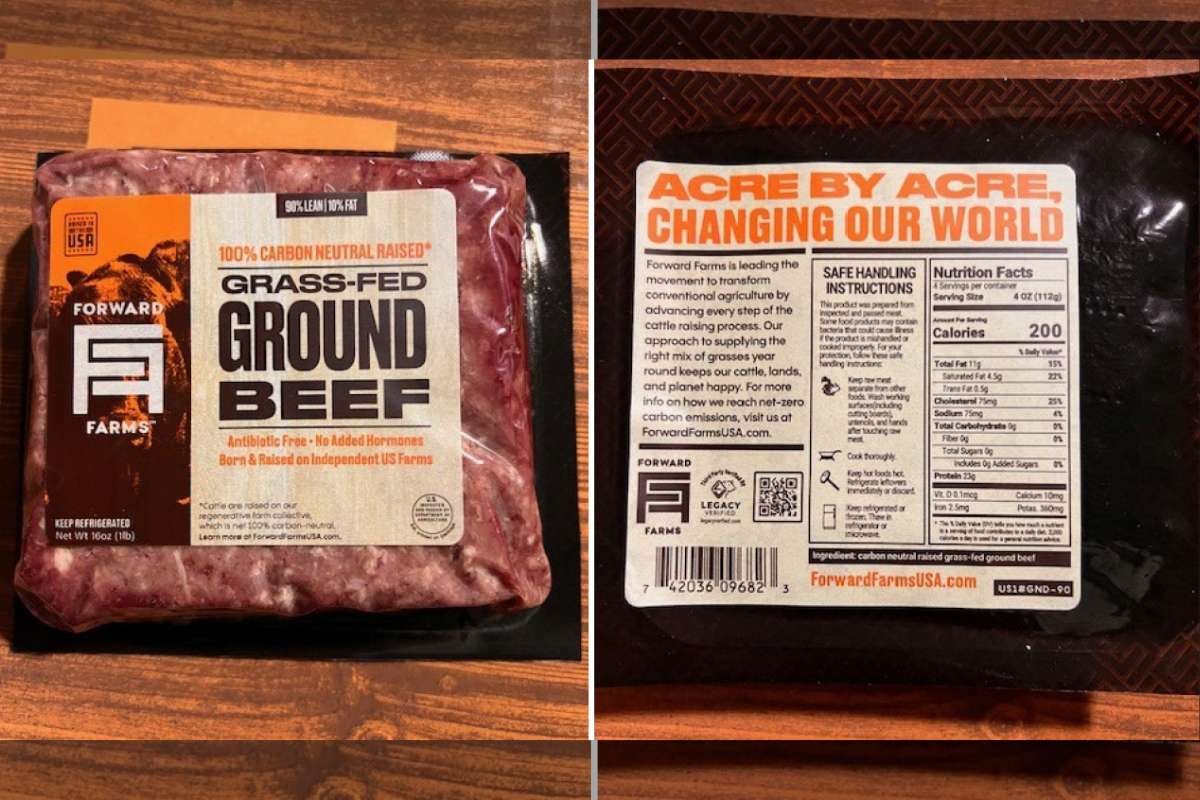For decades, U.S. homebuyers and sellers operated under a predictable but costly commission structure: typically 5% to 6% of the home’s sale price, split between the buyer’s and seller’s agents. With rising property values, these fees could amount to tens of thousands of dollars per transaction. For many, including attorney Jim Xiao, that model felt outdated and inflexible. “When you tried to negotiate, you were basically just told, nope, that’s our rate,” Xiao recalled.
Xiao’s frustration peaked in 2023 when he helped his parents purchase two newly built homes in Augusta, Georgia. Though he bypassed using a buyer’s agent, he was unable to reclaim the standard 2.5% commission typically allotted to them. Instead, the listing agent kept the entire 5% fee. To Xiao, this highlighted a fundamental conflict in traditional real estate commissions—agents often earn more when their clients spend more, an incentive structure he felt was backward.
When Xiao sold his condo and bought a new home later that year, he chose a different path. He negotiated a reduced 1.5% commission to sell and paid a flat $10,000 fee to purchase. His decision reflects a growing trend: more buyers and sellers seeking alternatives to conventional agent fees, particularly in the wake of a landmark legal settlement involving the National Association of Realtors.
Legal Settlement Sparks New Rules, Flat-Fee Brokers Rise
Real estate commissions underwent a significant shift after the National Association of Realtors settled a lawsuit brought by Missouri home sellers, leading to key changes in how commissions are handled. These new policies require agents to disclose that their fees are negotiable and mandate written agreements between buyers and their agents about compensation. Additionally, agent commission offers can no longer be listed on multiple listing services (MLS).
These changes have opened the door for flat-fee brokerages like ShopProp Realty. Operating in nine states, ShopProp charges fixed rates rather than percentage-based real estate commissions. “Home buyers and sellers almost feel like they’re trapped into using agents,” said ShopProp CEO Rob Luecke. “We want to put the power back into their hands.”
The savings can be substantial. In one high-profile deal, ShopProp helped a buyer purchase a $10.2 million home in Atherton, California. Instead of paying the traditional $255,000 commission, the buyer paid a flat $7,995 fee and received a $247,000 rebate. Luecke noted that ShopProp’s business is growing roughly 26% annually as more clients seek cost-effective real estate services.
Traditional Agents Defend Value as Change Advances Slowly
Despite these developments, the shift away from traditional real estate commissions has been gradual. Data from Redfin shows that buyer’s agent commissions averaged 2.4% in early 2025, only slightly lower than a year prior. However, among higher-end homes, commissions have decreased more notably, dropping from 2.36% to 2.17% for properties priced above $1 million.
Traditional agents argue that their fees reflect the value they provide. Leanne Liang, a Redfin agent in California’s East Bay, emphasized the importance of local expertise, especially in areas with housing “micro markets.” She encouraged buyers and sellers to compare agents across different brokerage models before choosing.
Still, for clients like Xiao, the savings and satisfactory service prove compelling. He saved $14,000 in agent fees during his home purchase and believes more consumers should explore their options. “It really takes all consumers being informed and having the confidence to say, ‘Hey, there are other options,’” he said.


















